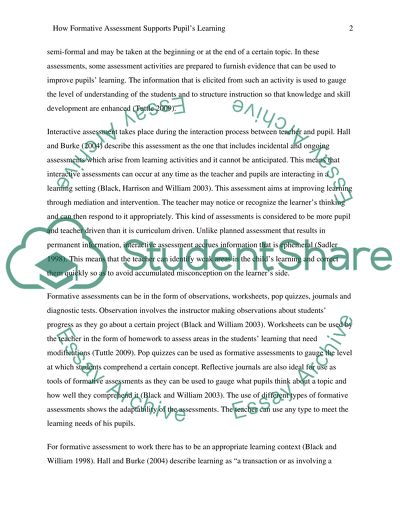Cite this document
(“How Formative Assessment Supports Pupils' Learning Essay”, n.d.)
Retrieved from https://studentshare.org/education/1433043-pgce-primary-critically-analyse-how-formative
Retrieved from https://studentshare.org/education/1433043-pgce-primary-critically-analyse-how-formative
(How Formative Assessment Supports Pupils' Learning Essay)
https://studentshare.org/education/1433043-pgce-primary-critically-analyse-how-formative.
https://studentshare.org/education/1433043-pgce-primary-critically-analyse-how-formative.
“How Formative Assessment Supports Pupils' Learning Essay”, n.d. https://studentshare.org/education/1433043-pgce-primary-critically-analyse-how-formative.


